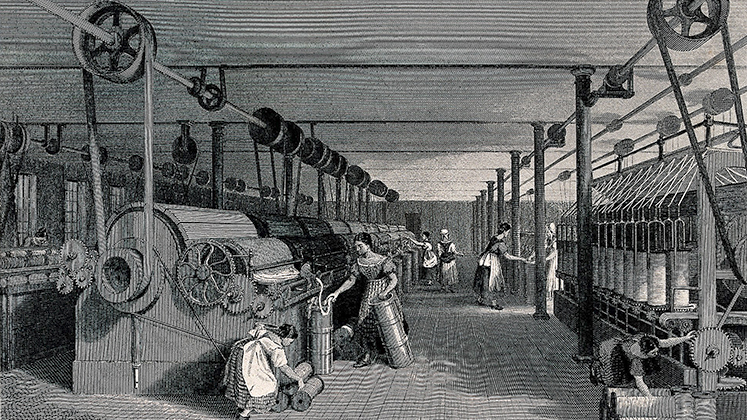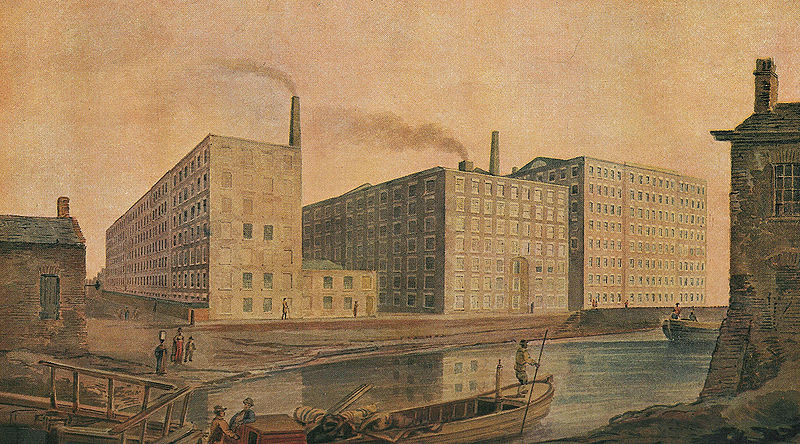In a recent paper published in the Economic History Review, Ian Gazeley, Andrew Newell, Kevin Reynolds, and Hector Rufrancos investigate the levels of energy and nutrition available to working class households in depression-era Britain. They demonstrate the sensitivity of diets to the employment status and gender of the household heads. They also reveal the positive impact of school meals polices on children’s diets in this period.
The course of working-class living standards in Britain during the 1930s has been the subject of intense controversy, both at the time and at various points since. Real per capita household expenditures rose considerably between the turn of the century and the 1930s for households headed by people in employment. Yet the proportion of the labour force unemployed and the duration of their unemployment both increased. How did these trends affect food consumption for working class families in late 1930s Britain? Did the incidence of hunger change over time? And what were the nutritional consequences of the school meals and school milk schemes introduced in 1906 and extended in 1921?

We re-examine the energy and nutrition available to British working-class households in the late 1930s and find where the household head was unemployed, the quantity of energy in the household diet was significantly lower than it was for male-headed nuclear households. Homes with an unemployed head of household, and often recorded as being in receipt of public assistance, had roughly 500 fewer kcal available per capita compared to households where the head of household was working (2,034 compared with 2,530 respectively).
Regardless of employment status, energy and nutritional availability improved considerably among working-class households over the first three decades of the 20th century. The average working household in 1904 had available roughly 2,300 kcal per capita per day – 600kcal less than they did in 1937/8. The increase is particularly striking for the poorest households. In 1904, average energy availability for households below the poverty line was only 1,650 kcal per capita. The poorest income class per capita in 1937/8 had available 400 kcal per capita per day more than this.
State interventions made children’s diets significantly healthier. They made the greatest difference to children in households where the head of household was unemployed. When the calcium available from foods consumed at school and provided by clinics is considered, available calcium per capita rises from 60 to 70 per cent of the level for working households. School food of all kinds was providing a significant addition to household calcium intakes (and, to a lesser extent, energy and protein).
Overall, it is difficult to accept the view that malnutrition was widespread across the British population in the 1930s. Widespread contemporary concern, and fierce debate among historians, relating to malnutrition in Britain prior to the Second World War is partly the consequence of a failure to acknowledge the co-existence of more than one Britain in the 1930s.
You can read the article in full here.




